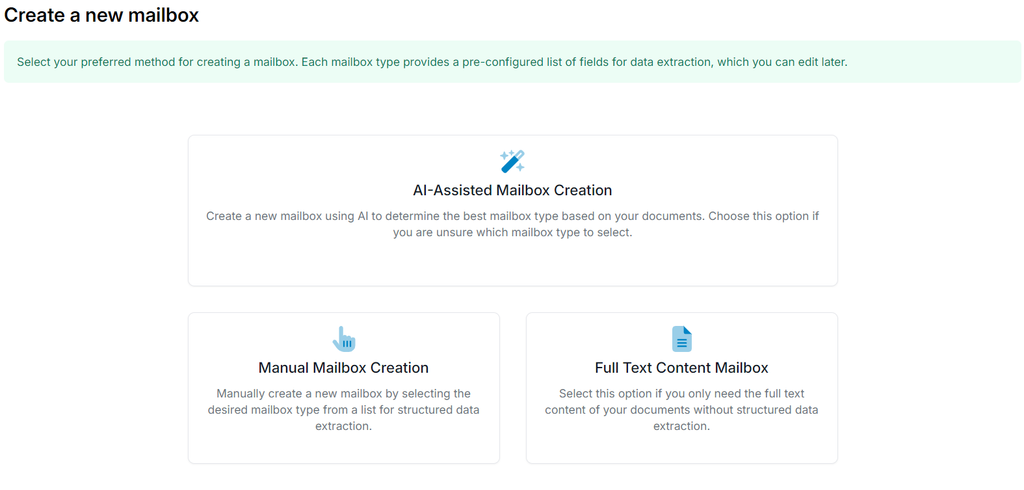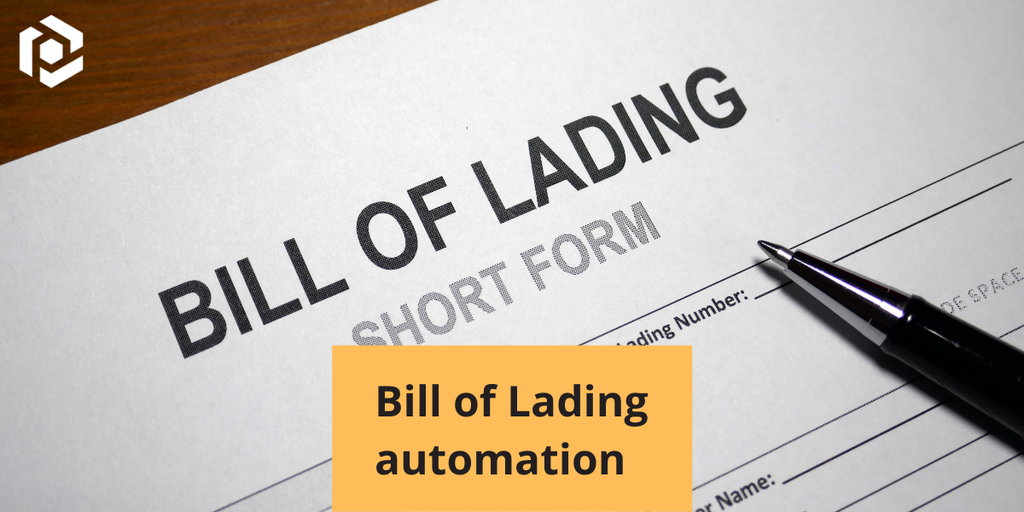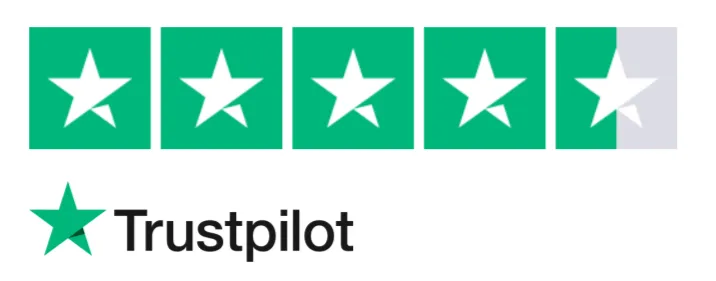The trucking and freight industry is the backbone of global trade and is responsible for efficiently moving goods across borders and cities. However, managing freight logistics is no small task. Companies face numerous challenges, including manual workflows, operational inefficiencies, and rising costs. These hurdles can disrupt supply chains, impact profitability, and reduce customer satisfaction.
This article explores how freight logistics solutions transform the industry by simplifying trucking operations, automating processes, and delivering actionable insights to enhance efficiency.
Key takeaways
- Freight logistics involves efficiently managing the movement of goods from origin to destination, and trucking plays a crucial role in supply chains.
- Manual processes, inefficient load dispatching, and rising operational costs are significant hurdles for freight companies.
- Freight logistics solutions automate key processes like load matching, route optimization, and real-time shipment tracking, improving efficiency and reducing costs.
Understanding freight logistics
Freight or shipping logistics involves managing and coordinating goods transportation from origin to destination. This includes planning routes, dispatching loads, monitoring shipments, and ensuring on-time delivery. It is a critical component of supply chain management, bridging manufacturers, distributors, and customers.
The role of trucking in freight logistics
Trucking is essential in freight logistics, particularly for last-mile delivery and domestic transportation. Over 72% of freight is transported by trucks in the U.S. alone (American Trucking Association), highlighting the industry's scale and reliance on efficient logistics management.
- Transportation requests and dispatching: handling and responding to shipment requests.
- Load management and carrier matching: ensuring optimal truck utilization.
- Real-time tracking and communication: providing shipment visibility to stakeholders.
Common challenges in freight and trucking operations
Manual processes and errors
Freight companies often rely on spreadsheets, emails, and phone calls to manage dispatching and tracking. This manual approach is prone to errors, delays, and miscommunication, leading to dissatisfied customers.
Lack of visibility
Many companies struggle with real-time shipment tracking, making providing accurate delivery timelines and updates difficult.
Rising Costs
Factors like fuel prices, labor shortages, and compliance expenses further strain profitability, forcing companies to look for cost-effective solutions.
What are freight logistics solutions?
Freight logistics solutions are tools designed to automate and optimize trucking companies' operations. These tools streamline processes, improve visibility, and reduce costs by integrating advanced technologies such as artificial intelligence (AI).
However, even the most robust systems often have limitations that hinder their effectiveness.
Examples of freight logistics solutions
- Transportation Management Systems (TMS) manage freight shipments, optimize routes, and track real-time deliveries.
Examples: SAP transportation management and Oracle transportation management.
Limitations:
- TMS systems typically require well-structured data inputs. Any unstructured data, such as emails or PDFs with freight information, cannot be directly processed.
- Implementation can be costly and time-intensive for small-to-medium enterprises.
- Digital freight marketplaces like Uber Freight or Convoy connect shippers with carriers for real-time freight matching.
Limitations:
- While they offer real-time freight matching, they don’t address internal data extraction needs, such as parsing shipment details from emails or documents.
- Limited integration with custom workflows or proprietary tools.
- Load Optimization Software helps freight companies optimize truck loads for maximum capacity utilization.
Examples: LoadStop, Descartes macropoint.
Limitations:
- These tools optimize the use of truck capacity but don’t automate the ingestion of data about available loads from multiple sources.
- It may require manual data entry, increasing the risk of errors.
While these freight logistics solutions excel in managing operations once data is in a structured format, they often falter in the early stages of the workflow: data ingestion and structuring. This is where Parseur bridges the gap.
How Parseur automates freight logistics for truck chartering
Real use case: Automating daily truckload management for a truck charterer
Overview: A medium-sized truck charterer specializes in transporting cars across Europe, from manufacturing plants to car dealerships. The IT director handles emails containing truckload information daily, such as available routes, pricing, and availability. Managing these emails manually is time-consuming and prone to errors, especially as the data is often inconsistent, with some information in the email body and other parts embedded in screenshots.
Parseur can streamline this process by automating data extraction from these emails, ensuring structured and actionable data is readily available for decision-making.
Steps to automate freight management with Parseur
Unlike traditional logistics tools that require structured inputs, Parseur’s AI engine automatically recognizes and extracts data fields, converting unstructured information into machine-readable formats like CSV, JSON, or XML.
- Parseur is free to start with all features available. Once you’ve signed up for Parseur, choose the AI-assisted mailbox to process your emails and documents automatically. Emails from transporters are auto-forwarded to this mailbox.

Parseur’s AI engine processes the emails, extracting data fields such as:
- Routes (from/to destinations).
- Pricing for each route.
- Availability details for trucks.
The structured data is exported directly to the charterer’s logistics management software via Parseur’s Zapier or Make integration.
Parseur ensured real-time processing of incoming emails, allowing the logistics team to react quickly to new "available loads."
With a scalable setup, the charterer could handle increased email volumes without additional manual effort.
Benefits of using Parseur in freight logistics
- Increased efficiency: Automates the ingestion and structuring of unstructured data, reducing manual effort by up to 90%.
- Improved accuracy: Eliminates errors caused by manual data entry or inconsistent data formats.
- Scalability: It seamlessly handles high volumes of incoming documents and emails, enabling freight companies to grow without operational bottlenecks.
- Cost savings: Frees up valuable team resources, allowing them to focus on strategic tasks instead of data entry.
- Enhanced decision-making: Provides structured, real-time data that enables better decision-making and faster responses to transportation requests.
By leveraging Parseur, the truck charterer transformed a complex, error-prone manual process into a streamlined, automated workflow. This allowed the business to improve operational efficiency, meet client expectations faster, and scale operations seamlessly. Whether you’re managing truck loads, transportation requests, or shipment details, Parseur’s automation capabilities can simplify and elevate your freight logistics processes.
Ready to transform your freight logistics operations? Explore Parseur and see how automation can drive efficiency and profitability for your business.
Last updated on






